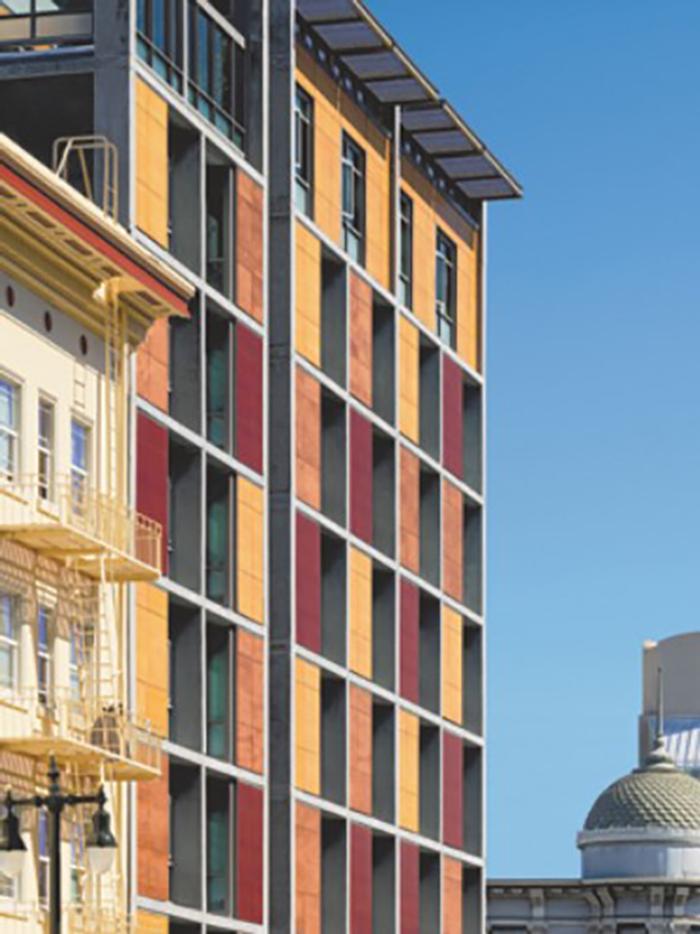Zoe Hammond - ProposalHome Means Nevada: Addressing Homelessness in RenoReno, Nevada is a quickly growing city. It attracts residents priced-out of California with outdoor recreation and proximity. It attracts companies, such as Tesla, with open land and economic incentives. Indeed, home means Nevada to an increasing number of people. However, Reno is becoming more saturated with wealth, and its new developments reflect that: large, single family homes of neighborhoods that stretch for miles. These new developments immediately price out low-income buyers and renters. Their size creates food deserts, demanding residents have cars to access nutritious food. Our valley is filling with the urban sprawl of residential developments catering only to the upper-middle class. Our city leaves no room for the under-priviledged and homeless, which has generated an ever-growing homeless population.
As an architect, I can facilitate a dialogue about issues of economic discrimination within my community. My architectural education teaches an imperative design thinking that can be applied to many fields. It teaches me to see in a particular sense, and be acutely aware of the systems that shape life. This scope of consideration makes me, as an architecture student, most adept at recognising issues that others may ignore or decline to address.
Much of my time this first semester has been discussing place: how it is recognized and how architects facilitate its perception. Moving forward, as an architect, I can create spaces catering toward a more diverse range of occupants and use the medium to provoke dialogue. Reno’s strategies for handling homelessness are often patchwork, such as temporary shelters, and few solutions address the lack of affordable housing perpetuating homelessness within the community. I recognise that my city has made no place for the underserved, effectively turning its back on hundreds.
Within my work, I can partner with local organizations such as the Reno Initiative for Shelter and Equality (RISE) to become more informed and effective in my designs— listening and catering directly to the needs of those affected. I can create permanent places for Reno’s underserved residents by designing purposeful housing that reacts to the needs of my community. I can also commit to do so visibly and beautifully. Much of the existing infrastructure aiding the homeless is hidden, concealed in discrete buildings or less residential locations. By designing affordable, provocative housing, I can make homelessness more visible to Reno and hopefully incite dialogue. I can appeal to the existing desire of the City Council to preserve Reno’s historic spaces by pursuing adaptive reuse of buildings. Embedding housing in history provokes thought while being environmentally friendly.
Architecture provides a dynamic medium through which I can be an aid and an activist. In the future, I want to serve the needs of the homeless population so that home means Nevada to more.
Additional Help and InformationAre you in need of assistance? Please email info@berkeleyprize.org. |

